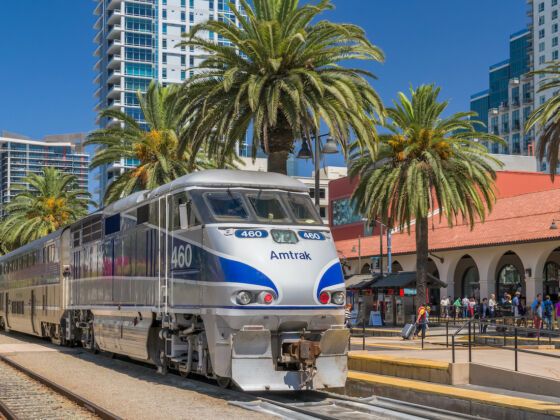AMTRAK IS NOTORIOUS for high prices, constant delays, poor service, and limited routes. For a country built on rail, maligners say, the United States has fallen far.
But for all its problems, some real and others imagined, Amtrak is still a great way to see America. Its routes cross through some of the country’s most remote and beautiful regions, many of which are hard to reach any other way. (Check out the unofficial Amtrak map mashup to see all the routes.)
More than any other form of transport, the rails give a sense of America’s history and immense size. Here are some ideas for making the most of the experience.
